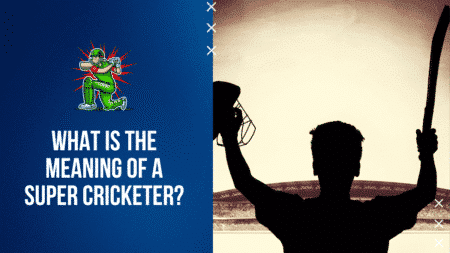

Scoop shots in cricket are the once where the face of the bat is grounded first, before it takes a lift-off to guide the ball behind the batter. Paddle scoop and Dilscoop are two such shots in cricket that have gained prominence, especially with the advent of T20 cricket. It is important to know the technical difference between these two shots as both target the legside region in close proximity to the wicketkeeper.
The paddle scoop is a shot which is targeted between the wicketkeeper and fine leg. On the other hand, the Dilscoop is most often hit directly over the keeper’s head. It is believed by cvricket historians that Australia’s Johnny Mullagh was the first propnent of the now famous Dilscoop back in 1868. Mullagh consistently hit shots over the keeper’s heads. However, there is obscurity in the technique used by Mullagh. Another source suggests that Somerset captain Brian Langford also played shots over the keeper’s head in county matches in 1962. But this claim has been met with speculation as Langford was tail-ender batter.
In the early 21st century, Zimbabwe’s Douglas Marillier popularized the paddle scoop in a match against Australia. In a valiant effort to score 15 runs off the last over, Marillier fetched two boundaries by hitting two paddle scoops. Zimbabwe eventually fell short by two runs, but Marillier etched his name in the history books.
Australia’s Ryan Campbell hit two scoop shots over the keeper’s head a year after Marillier’s heroics. The key difference between Campbell and Marillier’s shots was that the former’s shots went directly over the keeper’s head, unlike Marillier’s that went to the fine leg region.
The 2009 T20 World Cup saw Tilakarthane Dilshan introduce the world to the Dilscoop. In India, it was also dubbed as the ‘Pallu shot,’ as a reference to an ethnic women’s wear that is worn over the shoulder. Dilshan’s technique was unusually attractive. On the front foot, he knelt, kept the blade of his bat parallel to the ground, and when the time was right, lifted the bowl over his shoulder such that it would make a parabola over the keeper’s head. Such has been Dilshan’s command over the shot that he played it on numerous occasions, with several instances seeing the ball clock over 140 km/hr.
Technically, both the scoops require timing like a Swiss clock. The T20 format has made scoop shots a routine feature. However, it is noteworthy to mention that the paddle scoop is more easily picked up by batters and not many have attempted to risk the Dilscoop.








